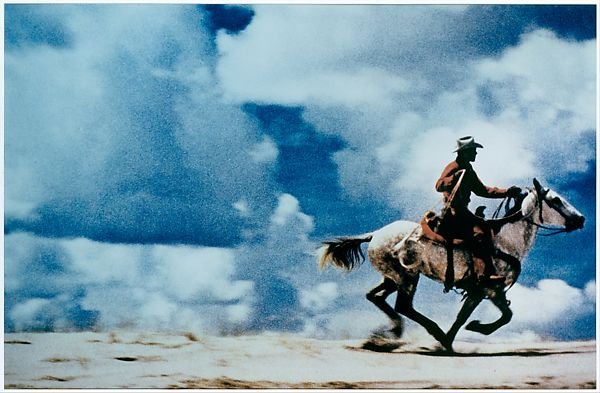The Brief Introduction of the Project
In this project, the photos I took from "the reality" are mingled with the advertising images I re-photographed from the banners surrounding the construction site. By confusing the viewers by hardly identifying two kinds of photos and the method of re-photographing, I try to associate it with the illusion and propaganda produced by those in power.
Through the advertising of urban renewal by the governments and real estate developers, the future looks so flawless and fascinating. However, the truth is that they tear down the home of previous residents, who are primarily underprivileged groups and build new ones for the higher class.
The Starting Point of the Project
Photography is not just about the camera. You bring to the act of photography all the pictures you have seen, the books you have read, the music you have heard, the people you have loved. It might be a cliché quote, but I do sincerely believe in it. Since high school, I have been following political issues for a long time. After having multi-subject experiences in law, history and public media in my bachelor, this drives me eager to promote the issues I care about to the public through photography. This is the starting point that I made the project, The Slit, about social housing near the area I lived in Taiwan.
“The public housing and the downtown are only a mile apart; however, the living environment is poles apart. Due to poverty and other complicated reasons, the government has difficulty in doing urban regeneration in this area. Those fancy and new buildings surrounding public housing make a strong contrast. These public housings were the representatives of modern architecture then; however, as time goes by, here have been forgotten and turned into a slit in the city, where is being tagged with “slum”, “dirty”, “dangerous”, and “flaw”.”
The text above is a brief description of The Slit. The Imagined Community is extended from this idea. While I started researching the history of social housing in this country, I found out the background of social housing in this country is way more complicated due to its long history. However, in the present day, the situation I've seen in Taiwan is not just happening in my country but exists here and in other countries as well. It's a severe and underestimated issue happening around the world at this moment.
In response to the rapid increase in demand after the war, many government-led social housing projects were built in a short period in various regions in the country. Such a background provided a massive canvas for architects to work on. As a result, experimental and idealistic projects such as Estate, Garden City, Tower Building, etc., emerged. Unfortunately, most of these regional urban projects, which were considered the most avant-garde at the time, have failed after the challenge of time. Most of the reasons for this can be attributed to over-idealized design, governmental negligence, and so on. These places are labelled as "dangerous," "drugs," "slums," "dirty," "gangs," "theft", and other negative impressions and stereotypes. In addition, some social housing located in the best part of the city is hated by the high class living in the neighbourhood and by the government and estate developers who covet its economic value. The authorities have never thought about re-organizing these communities properly but always sever for the elite, the consortia, and capitalism.
Discussion About the Method
Considering the ethical issues like being seen as objectifying the underprivileged group or taking advantage of them, the solution I found here is tried as possible I could to not “shoot” the people or make them look like they have a “miserable life”. I planned to visit different sites and document the architecture and the inside lifestyle, as the method I used in The Slit. For this reason, at the beginning of this project, I focused my lens on the balconies of residences. Through the items scattered over the floor, the different types of decoration and other intriguing details, I expected to stimulate viewers' imagination and make them picture the owners' lifestyle. But how come I have the confidence to believe this method can ideally be the outlet of the criticism which has haunted documentary photographers for a long time?
Photography that exploits for aesthetics in the name of humane concern will eventually reduce the subject to a spectacle or a plaything for the middle class. "I come, I see, I conquer". Photography, like the conceited Caesar, became a predator that "plundered" the world. Since Sontag's “On Photography” and “Regarding the Pain of Others”, traditional documentary photographers have been criticized by some critics. Photography's ability to suspend time and preserve the moment now instead keeps the perception of the subject static sticking with visual aesthetic. Richard Misrach, in “On Landscape and Meaning”, also mentioned, " It dawned on me that although photographs by Dorothea Lange, Walker Evans, and Bruce Davidson inspired me as an artist, they didn’t make me take political action. How could I expect that from the viewers of my work?".
Salgado has been criticized for this proposition. Even though his project of travelling the world to witness and bring back images of these sufferings is admirable, it does not absolve him of the fact that he has objectified these sufferings as an object in his frame for achieving the ideal composition. Taiwanese Magnum photographer Chang Chien-chi's work, The Chain, a collection of portraits of the lepers in Long Far Temple, which was also a mental asylum, was exported in a life-size or even larger work and installed in the museum. This work has brought him worldwide attention, honours and invitations to exhibitions. His work did also attract the attention of the Taiwanese government, which dismantled the controversial Long Far Temple afterwards. However, the project now seems particularly ironic when, a few years later, it was proven that the seemingly unscientific and inhumane policies of the time actually brought positive effects on the patients. While photographers' works bring them fame and fortune, what does it bring to the subjects? Chang Chien-chi, like Salgado, has drawn similar criticism from critics. When social issues meet photography, how can we find the perfect outlet in this sensitive balance?

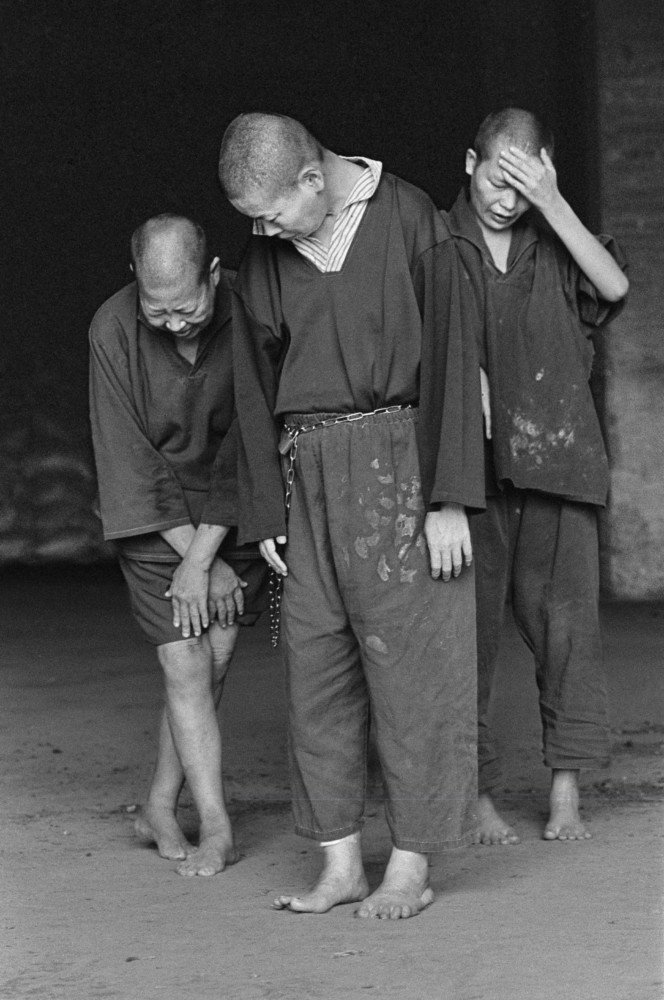
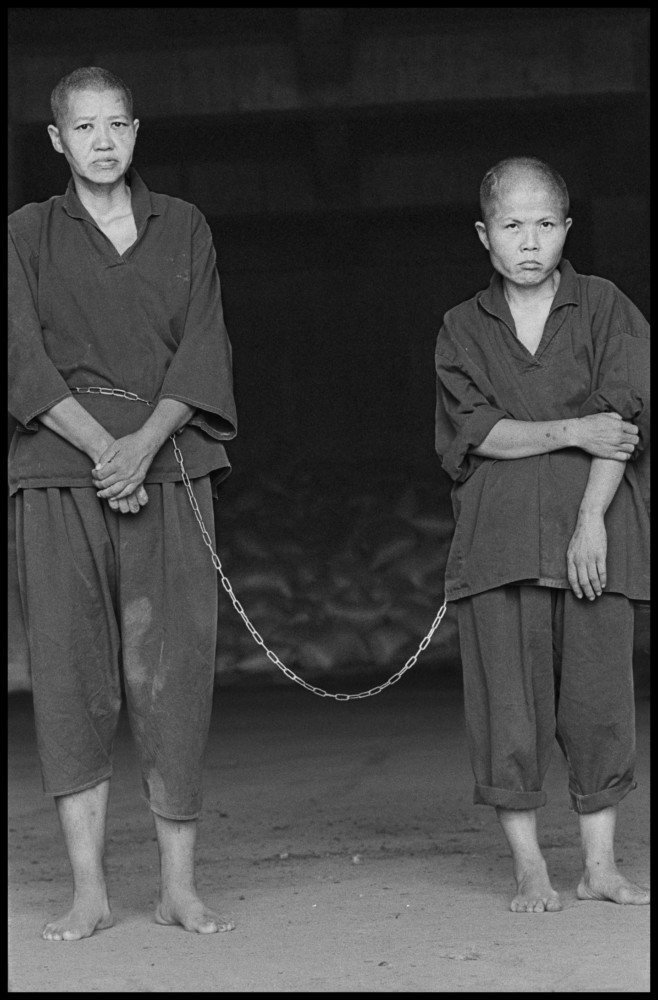
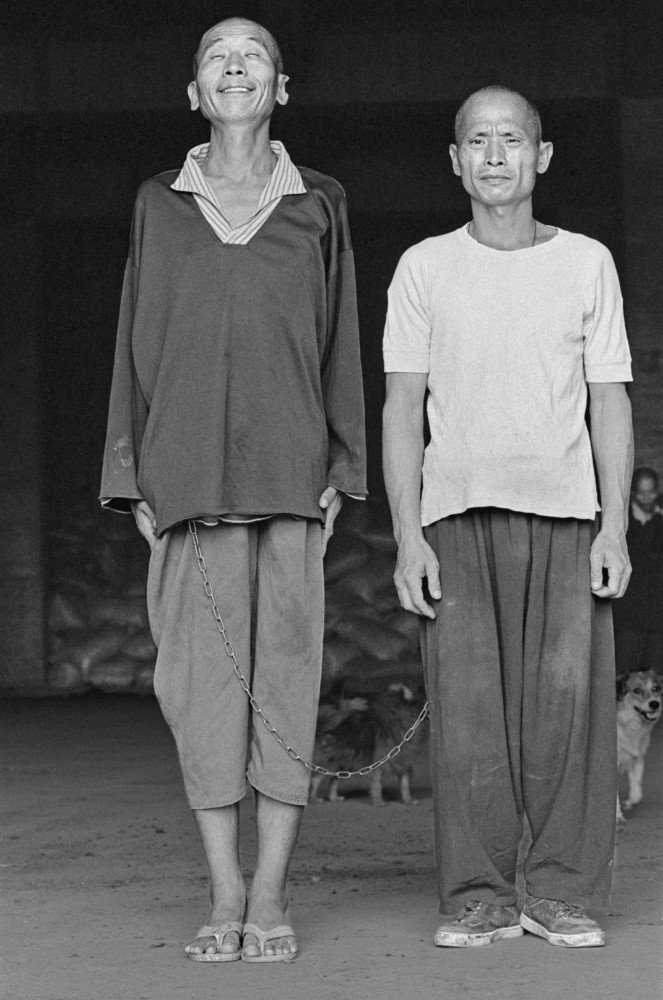
When I capture the scattered objects and balconies as a symbol in my project, do I really perfectly escape this “trap” of photography? Do not I still take advantage of this group by tagging them the other labels, using them for my own profit, or being a “conqueror”? What is my character in this project? How come am I able to represent their voices? These challenging questions emerging in my mind became a turning point in this project.
While reviewing other projects relating to social housing, I found out that almost each of the photographers/ artists had spent several months doing research and developing a relationship with their subject. Bill Stephenson said he spent eight months getting close to residents and earning their trust for shooting portraits[1]. Erik Van Cuyk spent four months before taking the first shots.[2] By getting along with the residents for a long term, photographers are allowed to observe more details and “reality” and listen to the true voices from their minds instead of creating a series based on the stereotype to the subjects. However, with the condition of limited time, I couldn't make a pre-work as they did, not to mention overcome the language barrier. As a result, it is necessary to discover a new method which must be "cunning" enough to dodge those self-doubting questions in my mind. Under such ethical questions and conditions, the documentary has had to renovate itself, adapting different strategies for new audiences with different demands and values. (Bate, 2019)
Later, one day in the ongoing shooting day then, the advertisement on the banner surrounding the construction site grabbed my attention and became my new interest. My initial core, no matter The Slit or The Imagined Community, is trying to evoke a dialogue about the situation between the authority and the underprivileged group. However, documentary that sets out to change the mind of its audience may not succeed easily or may even completely fail to do so, despite engaging the viewer with "interesting" photographic images. (Bate, 2019) I decided to give up the traditional photographic storytelling and shift my lens to these 3D render images on the banners. It reminded me few articles and interviews of photographers who did projects relating to mine. Firstly, Zed Nelson tried to film hipster cafes and expensive restaurants where he saw the places as symbols of gentrification; he said, “I quickly realized they weren’t at fault. They were just independent businesses trying to do their best. The property developers and the machinery behind them capitalize and monetize an area. That’s when people start getting displaced “.(WARNER, 2019b) Secondly, in an interview, Ross Mcdonnell mentioned when he took a shot of graffiti on the wall revealing a message that has lost none of its potency a decade later to him: “Don’t be using us to get new houses.”. He also said in the interview, “People in the power telling people in the community what they want their lives to look like.”. (MAHER, 2022) The reason I mention these is that their thoughts prompt me to dig deeper into the root of the situation instead of wondering at the surface.
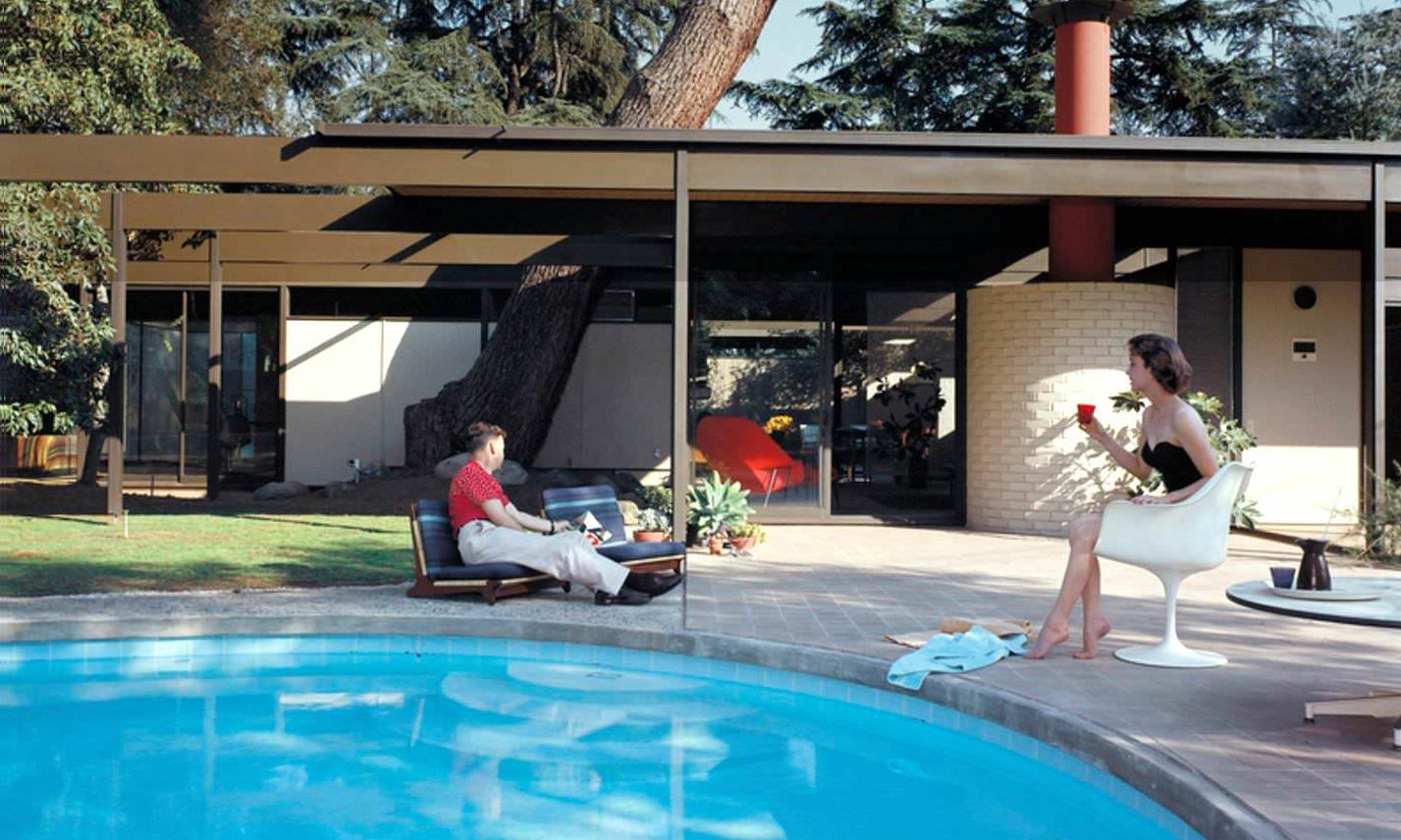
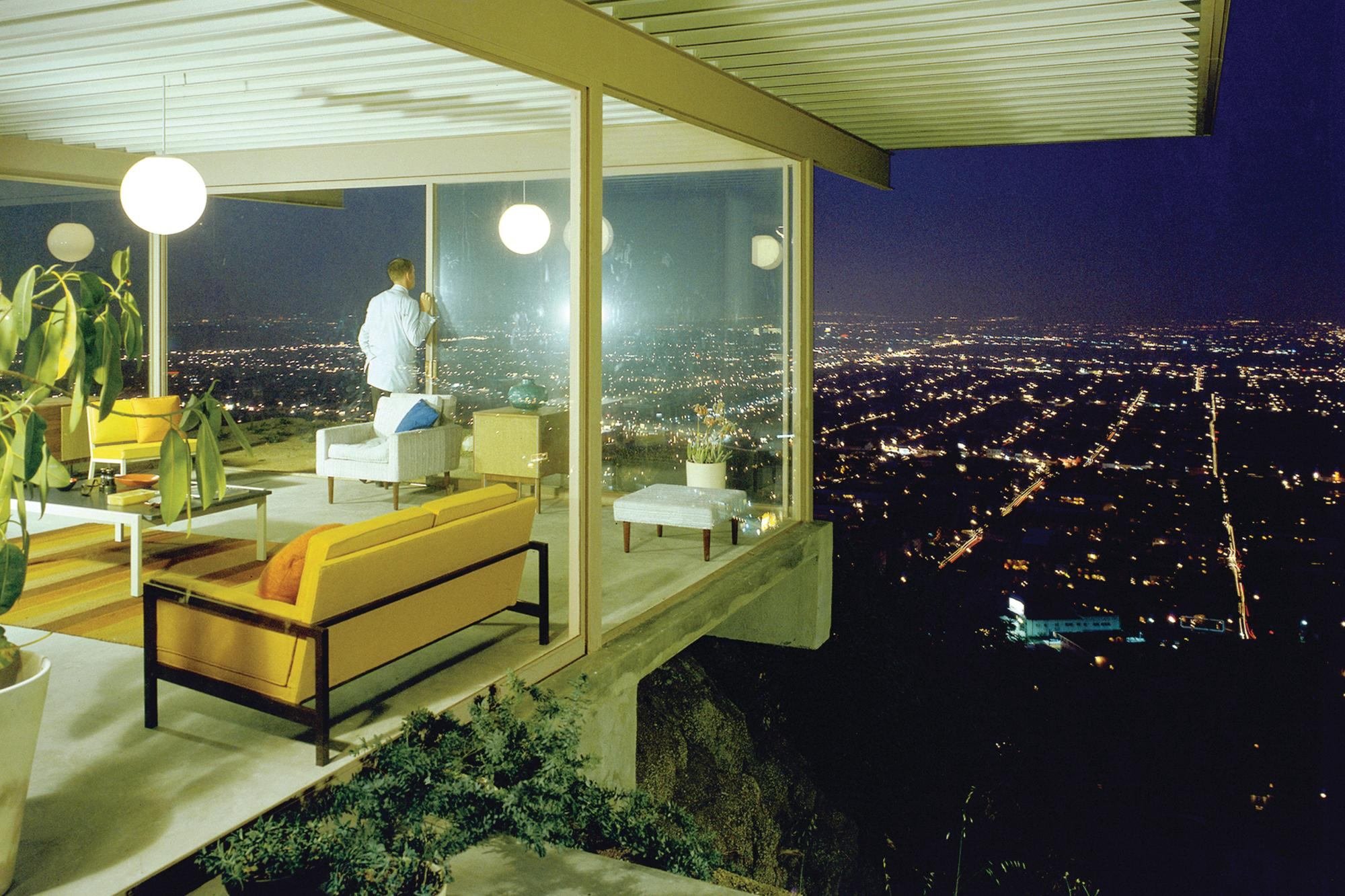
Moreover, these advertisement images also reminded me of a series taken by Julius Shulman. Like modish advertisements in old copies of Life magazine, Shulman’s photographs share the same aspiration as the designed worlds they represent and are subject to the same historical fate. Today such images do not so much promote as stand as documents of the taste and values of an era. (Campany, 2014)
However, in this case, the images show the simulation of what these sites will look like after the gentrification. The authorities and the property developers join hands to demolish the outdated social houses and evict residents in the name of regeneration. They claimed that they would build enough affordable rooms for them and bring them back, but the opposite is the truth. As a result of the research, I found the advertisement is like an illusion that people in the power feed the public, who is unconscious, every day and everywhere. They use a similar method that cigarette companies had done since 1940 when the side effect of smoking was improved. Cigarette companies like Camel. Chesterfield and Marlboro tried to brainwash the public by dispatching misleading information and associating smoking with positive images, such as masculine, high-class, or vogue.


In the end, I consider these re-photographed advertisement photos as a medium to reveal the propaganda produced by the authority. This approach might be a tricky way to either dodge or address the ethical problems and adequately bring out the issue and reflect that I want to raise.
Analysis of the Project
Roland Barthes says in his essay The Death of the Author, “The birth of the reader must be at the cost of the death of the Author.” However, being submerged by a world with countless images every second and everywhere, an automatic shutdown system appears in our brain to prevent ourselves from overloading. This evolution keeps us from “reading” the meaning behind each image thoroughly. Meanwhile, we know that images can instil desire for a wide variety of concepts or tangible things; they can produce consumption in the world. (Campany and Samoylova, 2018) Under this kind of background in the present society, the existence of the reader is now replaced by the birth of the arrangers. In the 1920s and 30s, the idea of bringing images together to open up a ‘critical reading’ emerged, in opposition the manipulations of the growing mass media (magazines, newspapers, cinema). (Campany and Samoylova, 2018) In 1970-1980, there was a slack group of artists who tried to utilize appropriation and montage to reveal the constructed nature of images. (The Art Story Contributors, 2015) They were the front batch of the generation that confront with the sea of images from the growing media, like television, movies, etc. For example, in 1977, Richard Prince made a work called “Untitled (four single men with interchangeable backgrounds looking to the right)”. He clipped the men from the advertisements and mis-put them into each background. In the other work called "Untitled (Cowboy)", he blurs, cropping, and enlarges the Marlboro advertisement's photos. Prince undermined the seeming naturalness and inevitability of the images, revealing them as hallucinatory fictions of society's desires. (Eklund, 2004) Besides these, in the late 1960s, Jean Baudrillard started pointing out the blur (or to say the opposite) boundary between reality and the model: "The territory no longer precedes the map, nor does it survive it. It is nevertheless the map that precedes the territory—precession of simulacra—that engenders the territory" (Baudrillard, 1994) The distinction between the reality and its representation will no longer exist; there is only the simulacrum. With the booming mass media, the mass production and copies
In the context of the foreword above, I have tried to create a certain degree of connection between my work and these concepts and works. In the same way, advertising images are taken as subjects, rephotographed, recombined and then replaced in different positions and contexts. Besides that, the means of mixing the rephotographed photos and the architectural photography brings out the other layers. It leads (or, say, confuses) the viewers to swing in the simulacra and simulation. Then which one represents the reality, and which one is the reality? The ambiguous identification is where one of the interesting parts of this project. I try to dig out the hidden truths behind the pictures through critical or effective political action, just as those artists tried to achieve- reveal the more profound meaning that is covered after being copied and showed and copied and showed.

